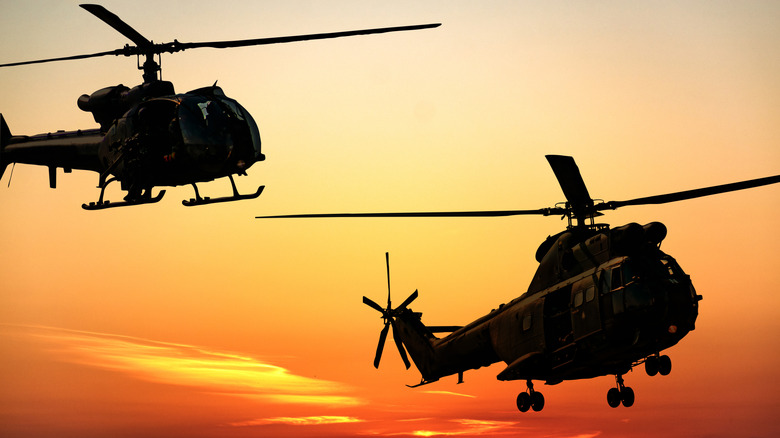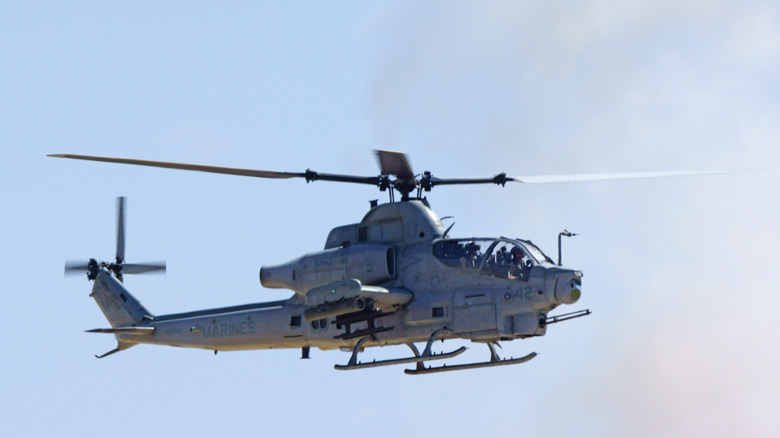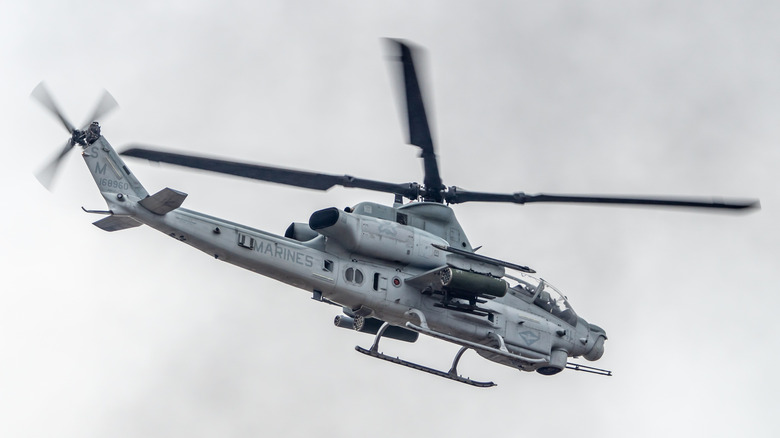What's The Oldest Attack Helicopter In The US Military? (And How Did It Stay In Service For So Long?)
The oldest attack helicopter ever fielded by the U.S. military is also the first attack helicopter: The Bell AH-1 Cobra, which first entered service in 1967. Born out of the Vietnam War, the AH-1 was designed as a direct response to the need for a fast, maneuverable helicopter that could deliver suppressive fire while escorting troop transports like the UH-1 Huey. The Cobra filled that role with a slim fuselage, tandem seating, and a powerful chin-mounted gun turret. Over time, it gained TOW anti-tank missiles and advanced targeting systems.
Though officially retired by the U.S. Army from active service in 1999 (and the reserves in 2001), the AH-1 series remained in production until 2019 and continues to serve in allied militaries, including Japan and Turkey. The U.S. Marine Corps also kept upgraded variants like the AH-1W SuperCobra and AH-1Z Viper flying for decades, with the latter still active today.
Even the U.S. Forest Service used demilitarized Cobras for wildfire monitoring until 2021. That longevity places the Cobra ahead of newer platforms like the Apache in terms of continuous lineage. Despite being overshadowed by the UH-1 in cultural memory, the AH-1 set the template for all modern attack helicopters.
Why the AH-1 stayed relevant for over 50 years
The AH-1 Cobra's survival comes down to simplicity and cost. It reused key components from the UH-1, including the engine, transmission, and rotor system, making it cheap to produce and easy to maintain. At just 36 inches wide, the Cobra's narrow profile made it harder to hit and ideal for flying in tight terrain. Its tandem cockpit and two-blade rotor also helped reduce aerodynamic drag, giving it better speed and agility than bulkier choppers.
But what really kept it flying for decades was its upgradeability. Bell produced dozens of Cobra variants with new avionics, weapons, armor, and sensors. The AH-1W and AH-1Z added advanced composite rotors, night vision systems, digital cockpits, and the ability to fire laser-guided Hellfire missiles. These updates allowed the Cobra to stay combat-capable well into the 21st century, even when newer helicopters like the AH-64 Apache became the Army's primary gunship.
The Marines, in particular, favored the Cobra because of their familiarity with the Huey, which the Cobra shares some parts with. Cost also played a role. Compared to the Apache, the Cobra was cheaper per unit. For militaries with tight budgets or naval operations, the AH-1 remained an attractive option, even as late as the 2020s.
The end of the line? Where the AH-1 legacy stands now
The original AH-1 Cobra's legacy is carried forward by its descendants, which are still in operation today. The AH-1Z-Viper and AH-64 Apache are closer together in terms of capability now that the former features a four-blade rotor and state-of-the-art avionics . It remains a key part of the Marines' aviation strategy and is expected to serve into the 2030s.
It was recently equipped with the long-range Red Wolf missile, extending its strike capability beyond 200 nautical miles. This upgrades its survivability against advanced air defenses, transforming the Viper into a strategic asset for precision, multi-domain operations in high-threat environments like the Pacific and Eastern Europe.
Though the Cobra is no longer the tip of the spear for American forces, it left a lasting mark as one of the most iconic military helicopters in history. It helped define air assault tactics and proved that a fast, cheap, lethal helicopter could change how wars were fought. While the Apache may be the star today, the Cobra laid the groundwork and stayed relevant long enough to see multiple generations of helicopters come and go.


